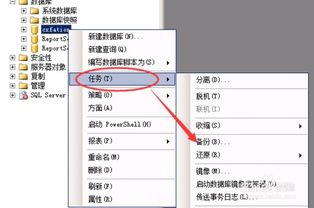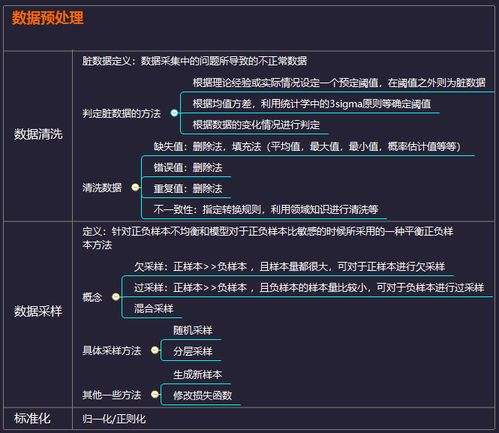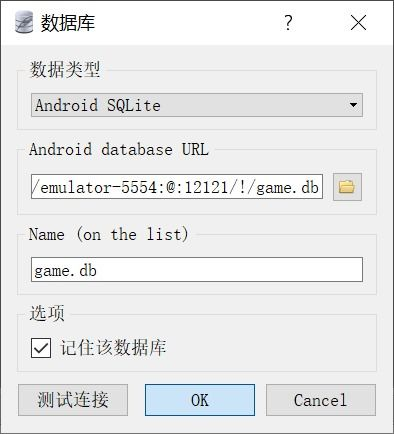ASP.NET File Upload with Progress Bar, Smooth and Efficient Techniques
Understanding ASP.NET File Uploads
File uploads are a common requirement in web applications, allowing users to send files to the server. In ASP.NET, file uploads can be handled easily using the Built-in FileUpload control. However, standard implementations do not provide any visual feedback, such as a progress bar, which can lead to user frustration during longer uploads. This article will focus on enhancing the file upload process by implementing a progress bar using JavaScript and AJAX techniques.
Setting Up the ASP.NET Environment
To get started, ensure you have the following services set up: an ASP.NET web application, JavaScript libraries (e.g., jQuery
), and a basic understanding of HTML. Begin by creating a simple ASP.NET Web Form or MVC view where users can select files for upload. Use the input alongside a button to trigger the upload.
Next, add a placeholder for the progress bar which will visually indicate the progress of the file upload. The structure might look something like this:
<input type="file" id="fileUpload" />
<button onclick="uploadFile()">Upload File</button>
<div id="progressBar" style="width: 100%; background-color: #f3f3f3;">
<div id="progress" style="width: 0%; height: 30px; background-color: #4caf50;"></div>
</div>
Creating the Upload Functionality
To implement the upload functionality with progress feedback, we will use AJAX. The uploadFile() JavaScript function will create a FormData object, append the file, and initiate the upload using an XMLHttpRequest. This allows us to monitor the upload progress through event listeners.
A sample implementation would look like this:
function uploadFile() {
var fileInput = document.getElementById('fileUpload');
var file = fileInput.files[0];
var formData = new FormData();
formData.append('file', file);
var xhr = new XMLHttpRequest();
xhr.open('POST', '/path/to/your/upload/handler', true);
xhr.upload.addEventListener('progress', function(e) {
if (e.lengthComputable) {
var percentComplete = (e.loaded / e.total) 100;
document.getElementById('progress').style.width = percentComplete + '%';
}
}, false);
xhr.onload = function() {
if (xhr.status === 200) {
alert('File uploaded successfully!');
} else {
alert('An error occurred during upload.');
}
};
xhr.send(formData);
}
Here, we register an event listener to track the upload progress, updating the width of the progress bar based on the uploaded data's percentage of the total file size.
In summary, implementing a file upload feature in ASP.NET with a progress bar enhances user experience significantly. By leveraging AJAX and JavaScript, developers can provide real-time feedback during file uploads, optimizing the overall user interaction. This article detailed the necessary setup and the implementation process for achieving a responsive upload system. To recap, we discussed how to set up file uploads in ASP.NET, the importance of a progress bar, and how to implement it using AJAX. By applying these principles, developers can ensure a smoother, more user-friendly experience in their applications.





